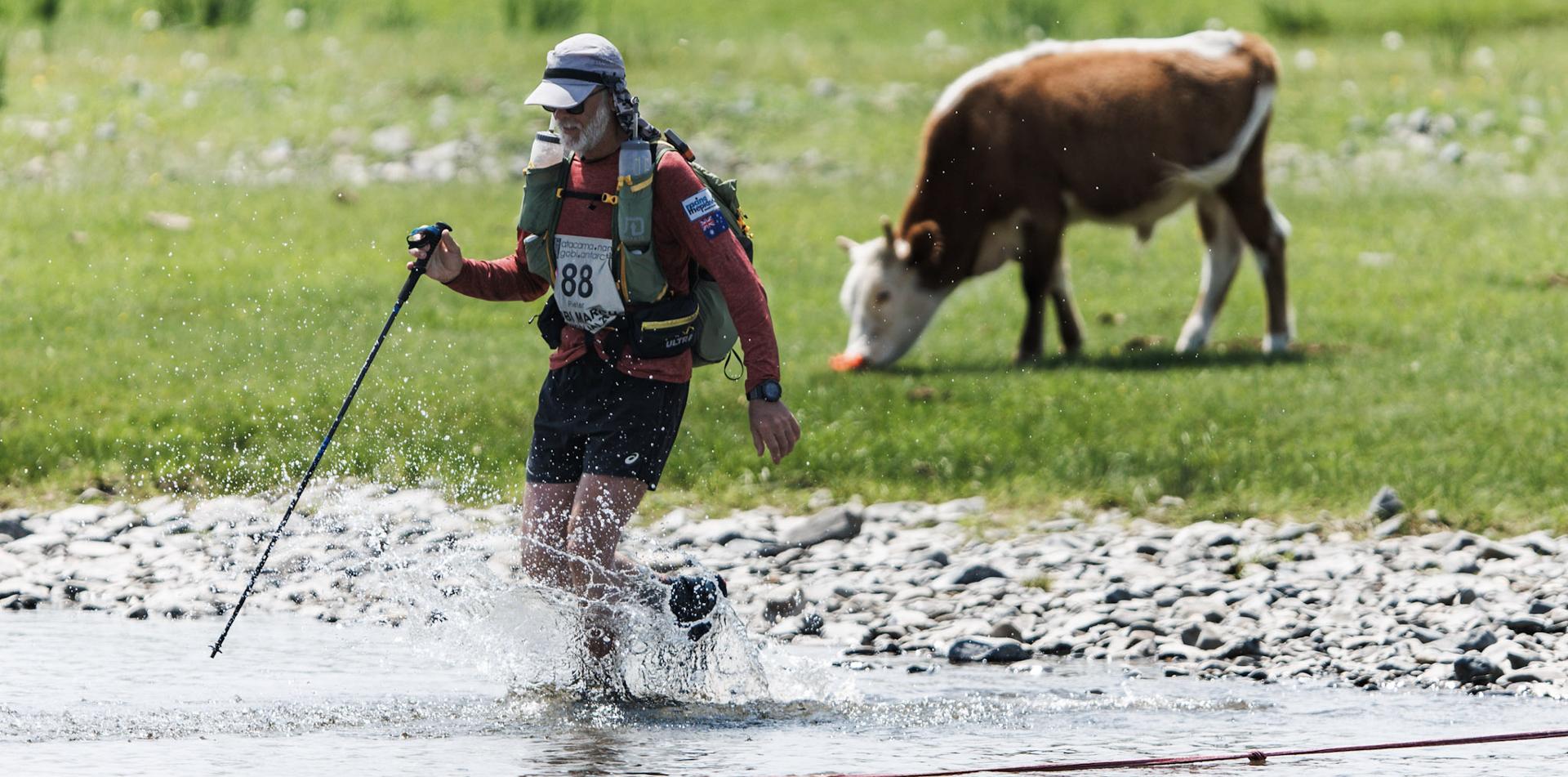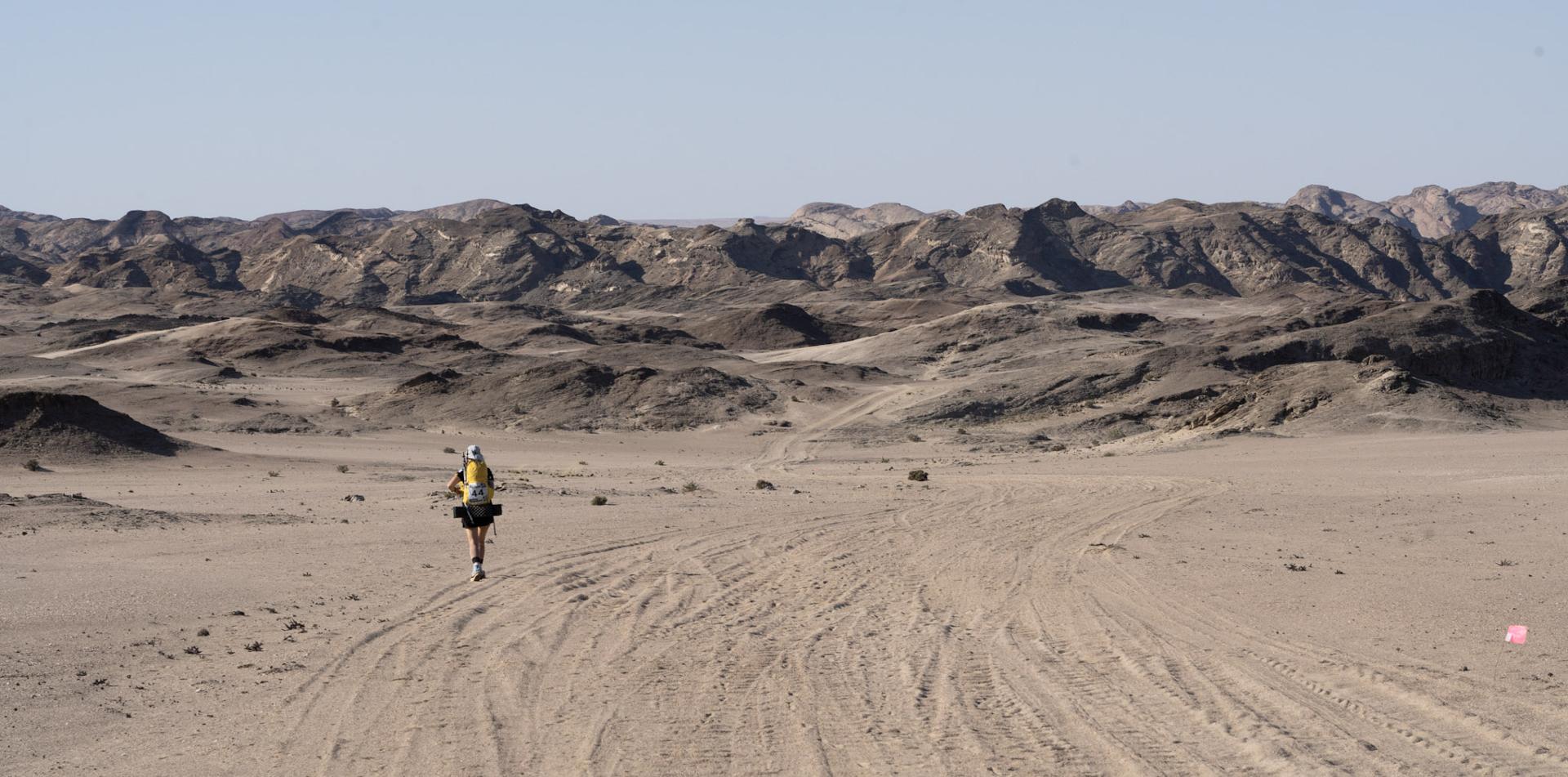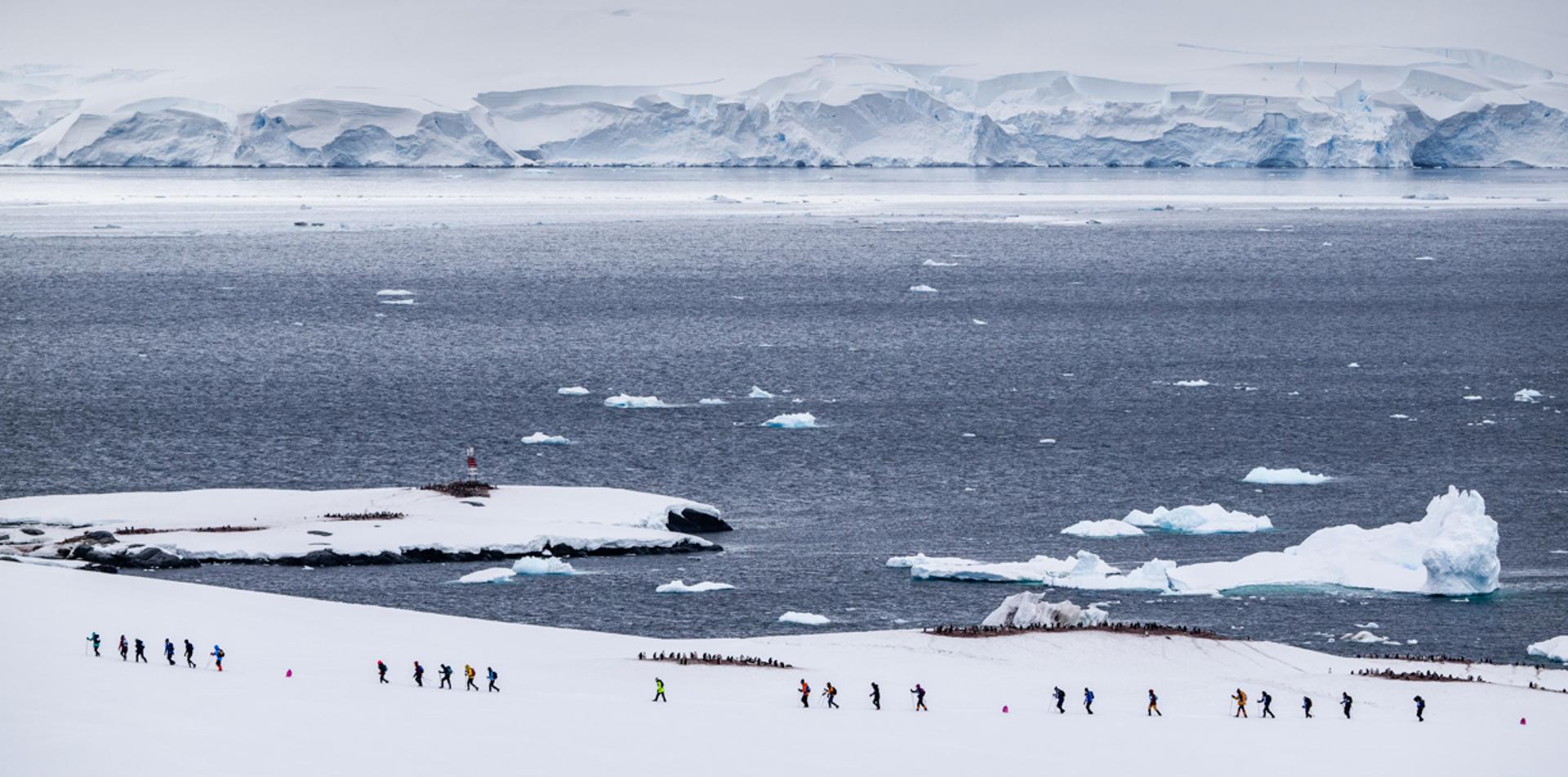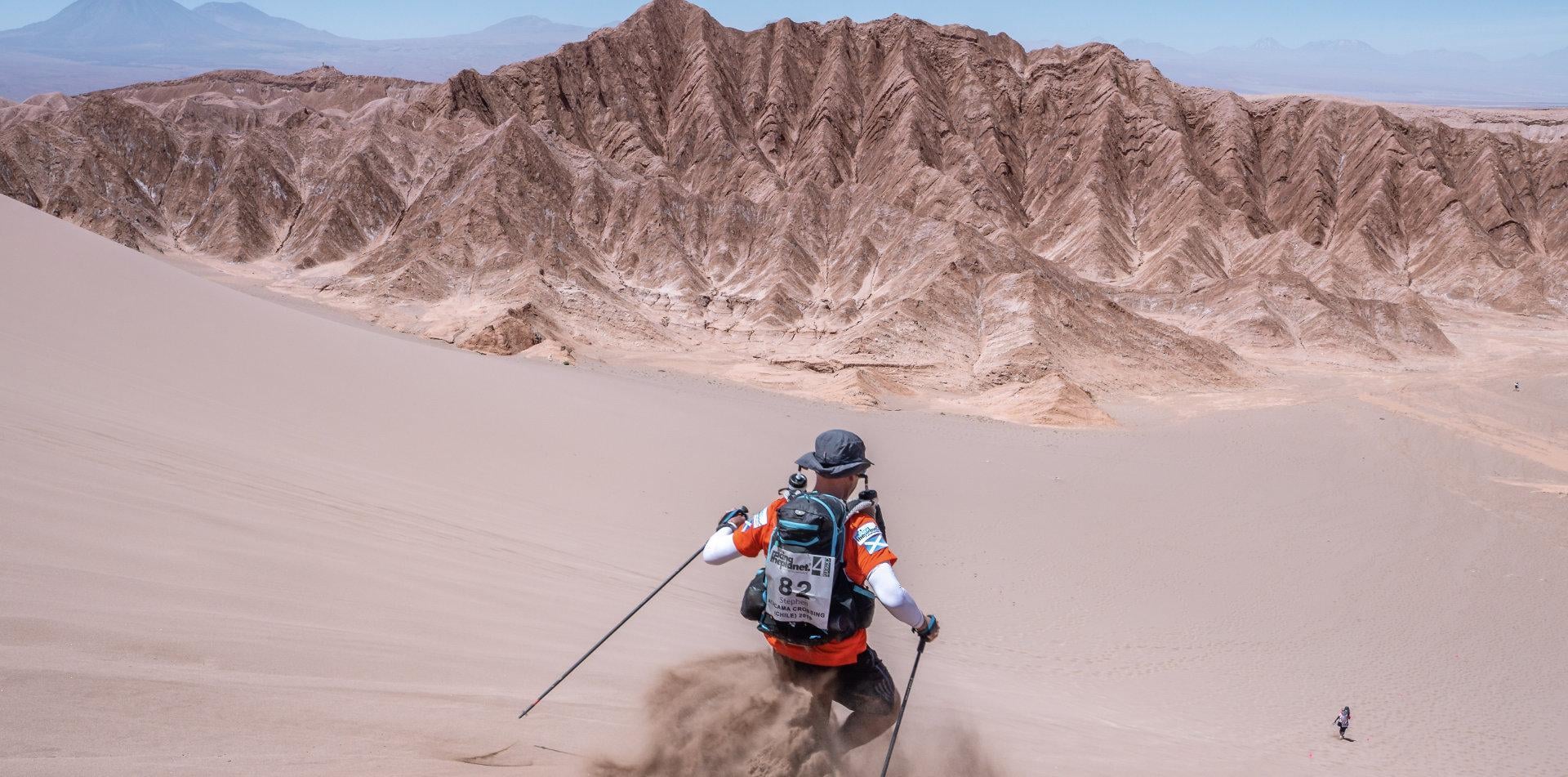Sunburn
Ultraviolet exposure is greatest between 10 A.M. and 4 P.M.; near the equator, during summer months and at altitude[3]. At altitude, radiation increases 10% per 1,000 ft gain in elevation[4]. There is also greater exposure in reflective environments like on snow or water. However even dry sand reflects 17% of UV radiation[1]. Some medications increase sensitivity to UV radiation such as antibiotics, antimalarial medications, vitamin A, diuretics and anti seizure medications.
Symptoms
It’s hard to find an avid outdoors person who has never had a sunburn. Symptoms include pain, redness and possibly blistering at the site of unprotected skin exposed to the sun.
Complications
Sunburns can lead to increased skin permeability to water, making an athlete more prone to dehydration. So it is important to aggressively maintain hydration if activity continues after a burn has occurred. It can also cause blistering and may lead to infection or scarring when severe.
Treatment
To date, research on treatment with corticosteroids, antihistamines, moisturizers have not shown any objective improvement in burns. However, NSAIDS such as ibuprofen (Advil, Motrin) have been shown to decrease redness in the first 24 hours after sunburn and also help relieve pain when taken both before and after sunburn. Aloe and cool cloths can be soothing but only act to relieve pain, not speed healing.
Prevention
No sunscreen can act as a perfect “coconut scented force field”. Clothing with labeled UPF ratings are generally the most protective. They are not subject to washing or wearing off your body or losing effectiveness after sun exposure, unlike sunscreens but may be subject to breakdown after multiple washings due to changes in the weave.
Sunscreens work to either absorb or reflect light, and sunblocks act as physical barriers. A higher sun protection factor (SPF) indicates a greater degree of protection against UVB (it does not specifically apply to UVA as there is no standard for UVA protection). It takes some amount of time for unprotected skin to burn. That time before the burn occurs is your skin’s natural protection from pigments within the skin. SPF is a multiple of that protective time. For example, an SPF of 15 indicates that it requires 15 times the UV exposure (in time) as compared to unprotected skin to achieve sunburn. However, the SPF number assumes a liberal amount (approximately 37 ml, per application) of the sunscreen; very few people regularly apply this amount. It also does not factor in time of day, weather conditions, altitude, latitude etc.

SPF 4 blocks 75% of UVB radiation reaching the skin
SPF 15 blocks 93%
SPF 30 blocks 97%
(Remember this difference between SPF 15 and 30 reduces your exposure by half- from 7% to 3%) SPF 50 blocks 98%
SPFs greater than 30 do not add much additional protection and may not be worth the increased cost (if there is one) however some people with very sensitive skin find that the additional amount of protection is significant.
Sunscreens that state they are “broad spectrum” indicates that a product shields against UVA in addition to UVB. It does not guarantee protection against all UVA wavelengths. Avobenzone, zinc oxide, or titanium dioxide are blocking agents and should be effective against the entire UVA spectrum. Other chemicals such PABA, Parsol 1789l octylcrylene, benzophenones, and mexoryl absorb some UVA (and then radiate it as heat) but provide variable amount of UVA protection.
Because sunscreens need time to bind with your skin, they work best when applied to dry skin 10-30 minutes prior to exposure. Reapply them liberally after sweating and reapply every 2 hours or more frequently depending on conditions.
There are many clothing lines that offer sun protection. Fabric protection ratings are in “UPF” or Ultraviolet Protection Factor. Unlike SPF, which measures only protection from UVB, UPF measures and protects against both UVA and UVB. A UPF of 15 indicates that 1/15 (about 7%) of the UV radiation that strikes the surface of the fabric penetrates through to the skin. This is different from SPF in that UPF does not decrease over a period of hours in the sun. For example, a dry white cotton T-shirt has an UPF of 5 to 8 until the cotton is in some way compromised by breakdown or wetness to alter the weave and thus UV penetration. Lastly, it is important not to forget that hats and sunglasses are also very important in protecting from the sun and in helping to prevent cataracts and other ocular maladies.
References
[1] Auerbach, Paul S. Medicine for the Outdoors. 4th ed. 2003
https://www.outdoored.com/blogs/are-sunscreens-effective
[2] https://www.sungrubbies.com/blogs/news-articles/90201091-spf-vs-upf-what-is-the-difference
[3] http://jaxmed.com/articles/wellness/spf.htm
[4] http://www.surviveoutdoors.com/reference/sunburn.asp







 Newsletter
Newsletter
 Online Store
Online Store





